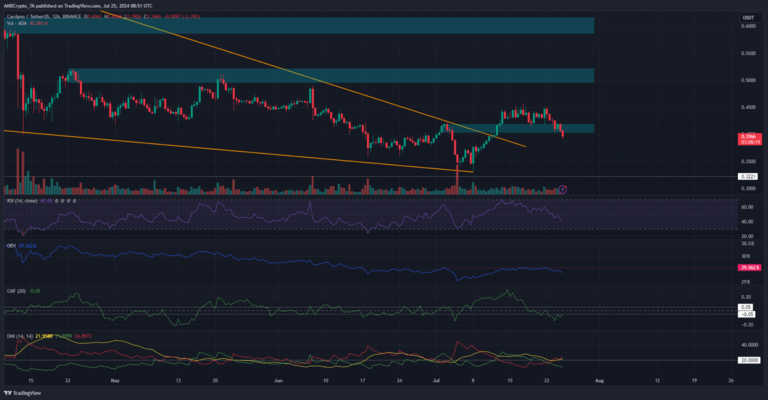
- Bitcoin is currently trading at $61,115.14, reflecting its significant growth and volatility, with an all-time high of $73,750.07 reached on March 14, 2024.
- The cryptocurrency’s price is driven by supply and demand dynamics, bolstered by institutional endorsements like Bitcoin spot ETFs.
Bitcoin, the pioneering cryptocurrency, has been on a rollercoaster ride in recent years. As of 8 a.m. ET today, the price of 1 BTC stands at $61,115.14, reflecting significant volatility and growth in the crypto market.
The Journey to Record Highs
Bitcoin reached its highest intraday price of $73,750.07 on March 14, 2024, marking an all-time high. This milestone capped a year of remarkable growth, where BTC saw its value more than double, up 102% year over year. The lowest price during this period was $24,930.30 on September 11, 2023.
Since its inception in January 2009, Bitcoin has transformed from a niche digital experiment to a global financial phenomenon. Today, it boasts a market capitalization of $1.21 trillion, reflecting its pivotal role in the financial ecosystem. Bitcoin’s appeal lies in its ability to offer a decentralized alternative to traditional fiat currencies, which are prone to inflation and devaluation.
What Influences Bitcoin’s Price?
Bitcoin’s price is driven primarily by supply and demand dynamics. Unlike traditional assets, Bitcoin does not generate earnings or revenue. Instead, its value is derived from investor sentiment and market demand. The supply of Bitcoin is capped at 21 million BTC, with new bitcoins released to miners as rewards for validating transactions on the blockchain. This fixed supply, coupled with varying demand, results in the price fluctuations we observe.
The concept of “halving” plays a crucial role in Bitcoin’s supply mechanics. Approximately every four years, the reward for mining new blocks is halved, reducing the influx of new bitcoins into the market. The next halving, expected in 2028, will reduce the block reward from 3.125 BTC to 1.5625 BTC. Historically, these halvings have been associated with price increases, as they limit supply and heighten scarcity.
The Evolution of Bitcoin
Bitcoin’s journey from obscurity to prominence has been marked by significant milestones. The first recorded price of Bitcoin in 2009 was a mere $0.00099 per BTC. By 2011, it reached $1, and by late 2013, it hit $1,000. The surge continued, with Bitcoin surpassing $10,000 in November 2017 and peaking at over $20,000 a month later.
The COVID-19 pandemic in 2020 sparked another boom, driven by economic uncertainty and increased investor interest. However, rising interest rates and a series of industry challenges in 2022 caused a temporary dip, with Bitcoin prices falling below $4,000.
Despite these fluctuations, Bitcoin has demonstrated resilience. The approval of several Bitcoin spot ETFs in early 2024, including the Grayscale Bitcoin Trust (GBTC) and VanEck Bitcoin Trust (HODL), marked a significant institutional endorsement of the cryptocurrency. This development has further fueled optimism and investment in Bitcoin.
As Bitcoin continues to evolve, its impact on global finance remains profound. Whether it’s as a store of value, a hedge against inflation, or a speculative investment, Bitcoin’s journey is far from over, promising more exciting developments in the years to come.






